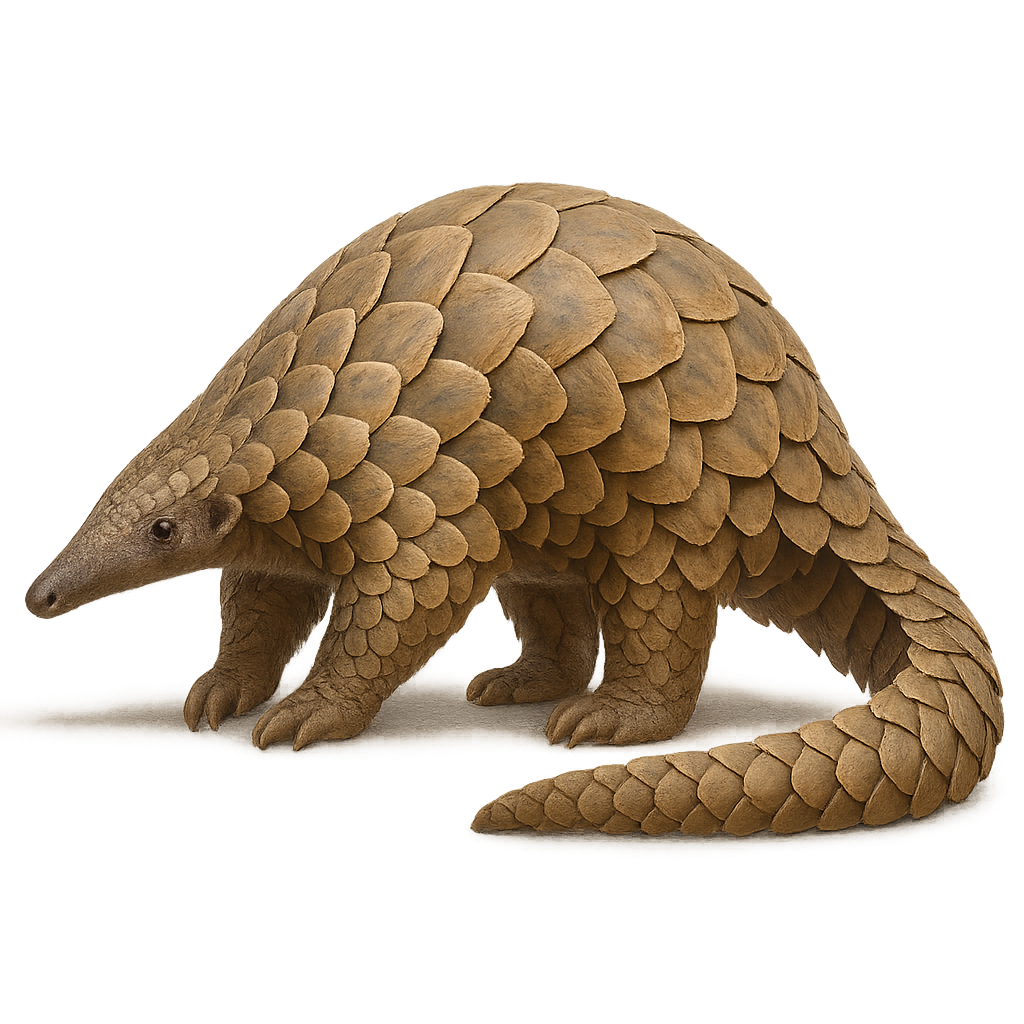Your wildlife photography guide.
Explore the indian pangolin in detail, study its behavior, prepare your shots.
Where to observe and photograph the indian pangolin in the wild
Learn where and when to spot the indian pangolin in the wild, how to identify the species based on distinctive features, and what natural environments it inhabits. The WildlifePhotographer app offers tailored photography tips that reflect the indian pangolin’s behavior, helping you capture better wildlife images. Explore the full species profile for key information including description, habitat, active periods, and approach techniques.
Indian pangolin
Scientific name: Manis crassicaudata

IUCN Status: Endangered
Family: MAMMIFÈRES
Group: Säugetiere
Sensitivity to human approach: Very shy
Minimum approach distance: 20 m
Reproductive period: November to December
Duration: 140-150 jours
Births: April to May
Habitat:
Forests, scrublands and agricultural areas
Activity period :
Mainly active at night, generally discreet during the day.
Identification and description:
The Indian pangolin is a nocturnal insectivorous mammal, 40–65 cm excluding tail, covered in brown keratinous scales with a long prehensile tail. It inhabits forests, scrublands, and agricultural areas of India, Pakistan, and Sri Lanka, feeding primarily on ants and termites with its long sticky tongue. Largely solitary, it digs shallow burrows or shelters in abandoned termite mounds.
Recommended lens:
300 mm – adjust based on distance, desired framing (portrait or habitat), and approach conditions.
Photography tips:
Photograph the Indian pangolin from a distance using a telephoto lens of ≥300 mm at dusk or dawn from a low hide near the ground. Use a fast shutter speed to freeze its slow movements and shallow depth of field to isolate its scales against the environment. Remain silent and patient.
The WildlifePhotographer App is coming soon!
Be the first to explore the best nature spots, track rutting seasons, log your observations, and observe more wildlife.
Already 1 431 wildlife lovers subscribed worldwide

